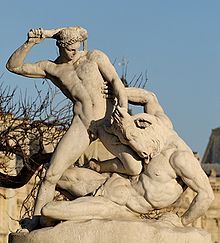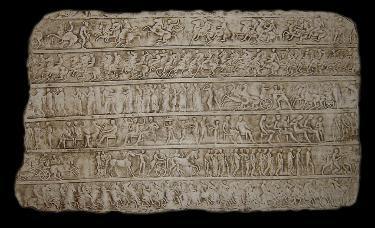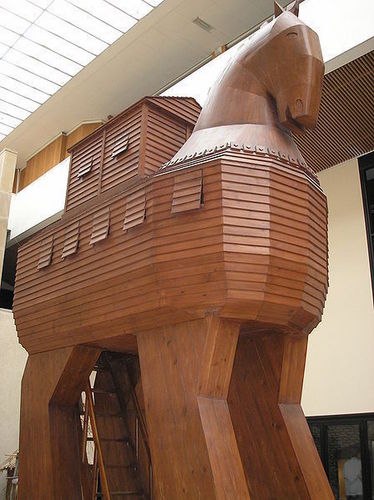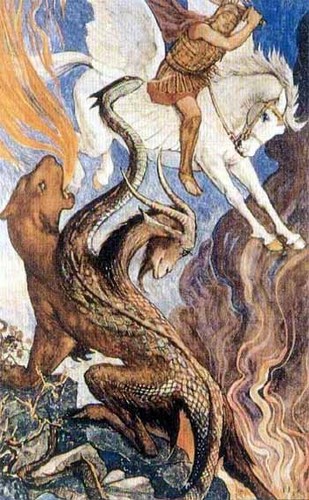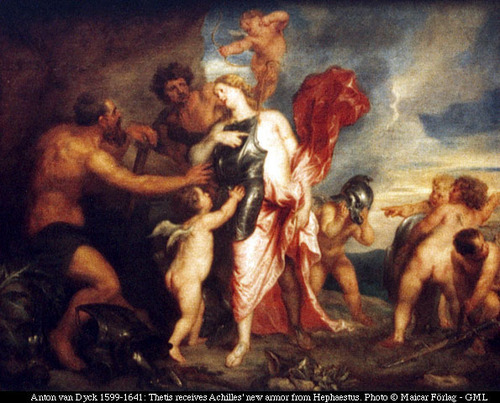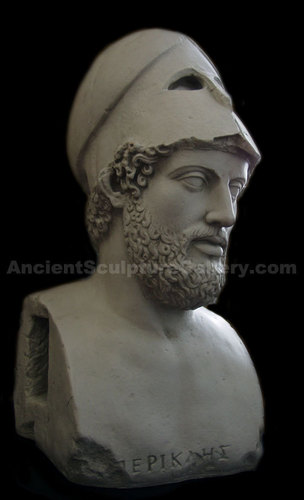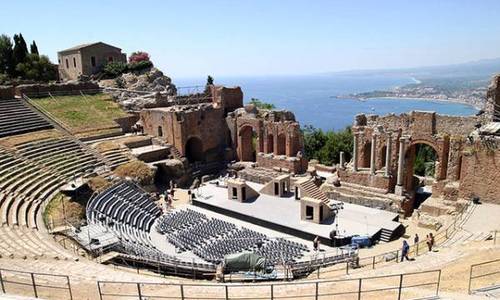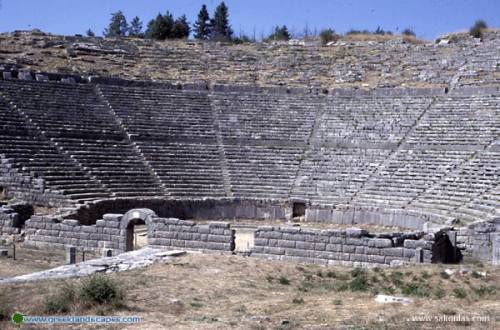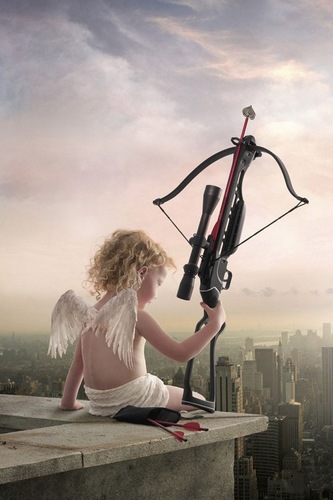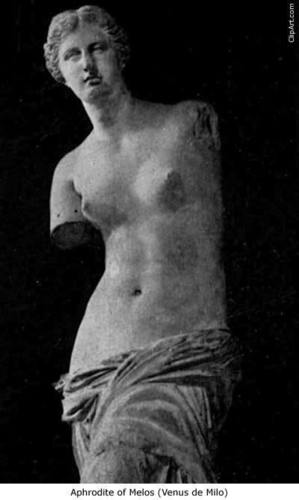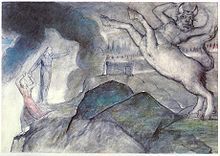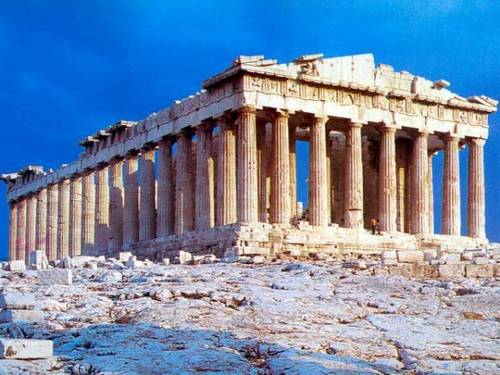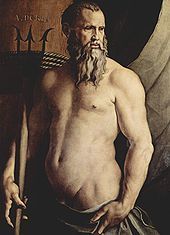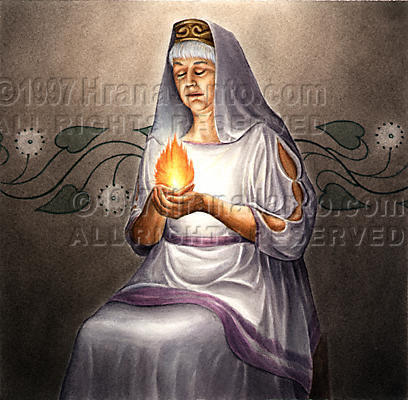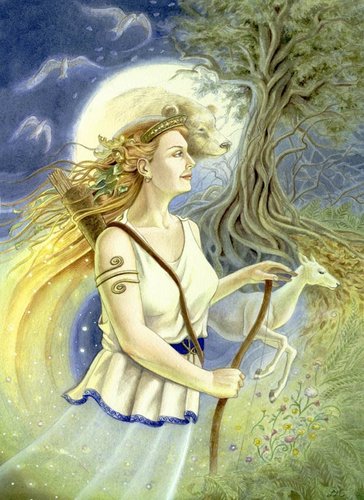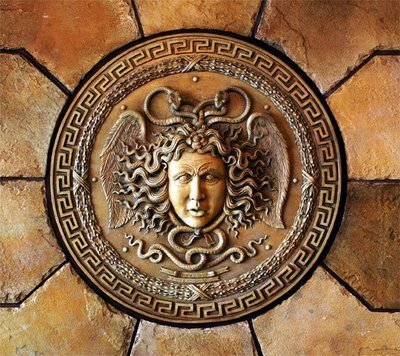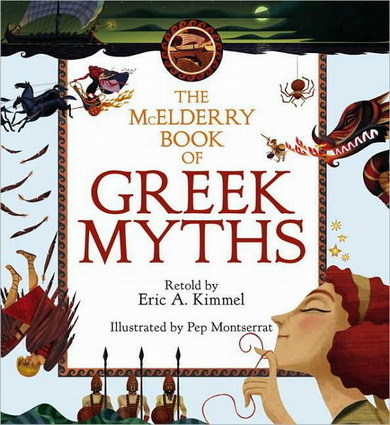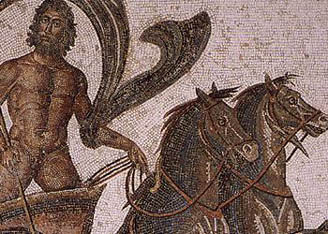After he ascended the ngôi vua, ngai vàng of Crete, Minos struggled with his brothers for the right to rule. Minos prayed to Poseidon to send him a snow-white bull, as a sign of approval. He was to sacrifice the bò đực, con bò, bull in honor of Poseidon but decided to keep it instead because of its beauty. To punish Minos, Poseidon caused Pasiphaë, Minos' wife, to fall madly in tình yêu with the bò đực, con bò, bull from the sea, the Cretan Bull.She had Daedalus, the famous architect, make a wooden cow for her. Pasiphaë climbed into the decoy in order to copulate with the white bull. The offspring of their coupling was a monster called the Minotaur. Pasiphaë nursed him in his infancy, but he grew and became ferocious; being the unnatural offspring of man and beast, he had no natural nguồn of nourishment and thus devoured man for sustenance. Minos, after getting Lời khuyên from the Oracle at Delphi, had Daedalus construct a gigantic labyrinth to hold the Minotaur. Its location was near Minos' palace in Knossos.
Nowhere has the essence of the myth been expressed thêm succinctly than in the Heroides attributed to Ovid, where Pasiphaë's daughter complains of the curse of her unrequited love: "the bull's form disguised the god, Pasiphaë, my mother, a victim of the deluded bull, brought forth in travail her reproach and burden." Literalist and prurient readings that emphasize the machinery of actual copulation may, perhaps intentionally, obscure the mystic marriage of the god in bò đực, con bò, bull form, a Minoan mythos alien to the Greeks.
The Minotaur is commonly represented in Classical art with the body of a man and the head and tail of a bull. One of the figurations assumed bởi the river god Achelous in wooing Deianira is as a man with the head of a bull, according to Sophocles' Trachiniai.
From Classical times through the Renaissance, the Minotaur appears at the center of many depictions of the Labyrinth. Ovid's Latin account of the Minotaur, which did not elaborate on which half was bò đực, con bò, bull and which half man, was the most widely available during the Middle Ages, and several later versions hiển thị the reverse of the Classical configuration: a man's head and torso on a bull's body, reminiscent of a centaur. This alternative tradition survived into the Renaissance, and still figures in some modern depictions, such as Steele Savage's illustrations for Edith Hamilton's Mythology (1942).
The minotaur was a fearful man-eating beast who was half-man and half-bull. He was born to Pasiphae, the wife of King Minos of Crete. To prevent the minotaur from eating his own people, Minos had the minotaur shut up in a complex labyrinth designed bởi Daedalus, who had also built the contraption that had permitted Pasiphae to be impregnated bởi the white bò đực, con bò, bull of Poseidon.
To keep the minotaur fed, Minos ordered the Athenians to send over 7 young men and 7 young women each year. When Theseus heard the wails of the families on the ngày on which the young people were to be sent as feed, he volunteered to replace one of the young men. He then went to Crete where, with the help of one of the king's daughters, Ariadne, he was able to solve the labyrinthine maze and slay the minotaur.
Nowhere has the essence of the myth been expressed thêm succinctly than in the Heroides attributed to Ovid, where Pasiphaë's daughter complains of the curse of her unrequited love: "the bull's form disguised the god, Pasiphaë, my mother, a victim of the deluded bull, brought forth in travail her reproach and burden." Literalist and prurient readings that emphasize the machinery of actual copulation may, perhaps intentionally, obscure the mystic marriage of the god in bò đực, con bò, bull form, a Minoan mythos alien to the Greeks.
The Minotaur is commonly represented in Classical art with the body of a man and the head and tail of a bull. One of the figurations assumed bởi the river god Achelous in wooing Deianira is as a man with the head of a bull, according to Sophocles' Trachiniai.
From Classical times through the Renaissance, the Minotaur appears at the center of many depictions of the Labyrinth. Ovid's Latin account of the Minotaur, which did not elaborate on which half was bò đực, con bò, bull and which half man, was the most widely available during the Middle Ages, and several later versions hiển thị the reverse of the Classical configuration: a man's head and torso on a bull's body, reminiscent of a centaur. This alternative tradition survived into the Renaissance, and still figures in some modern depictions, such as Steele Savage's illustrations for Edith Hamilton's Mythology (1942).
The minotaur was a fearful man-eating beast who was half-man and half-bull. He was born to Pasiphae, the wife of King Minos of Crete. To prevent the minotaur from eating his own people, Minos had the minotaur shut up in a complex labyrinth designed bởi Daedalus, who had also built the contraption that had permitted Pasiphae to be impregnated bởi the white bò đực, con bò, bull of Poseidon.
To keep the minotaur fed, Minos ordered the Athenians to send over 7 young men and 7 young women each year. When Theseus heard the wails of the families on the ngày on which the young people were to be sent as feed, he volunteered to replace one of the young men. He then went to Crete where, with the help of one of the king's daughters, Ariadne, he was able to solve the labyrinthine maze and slay the minotaur.


